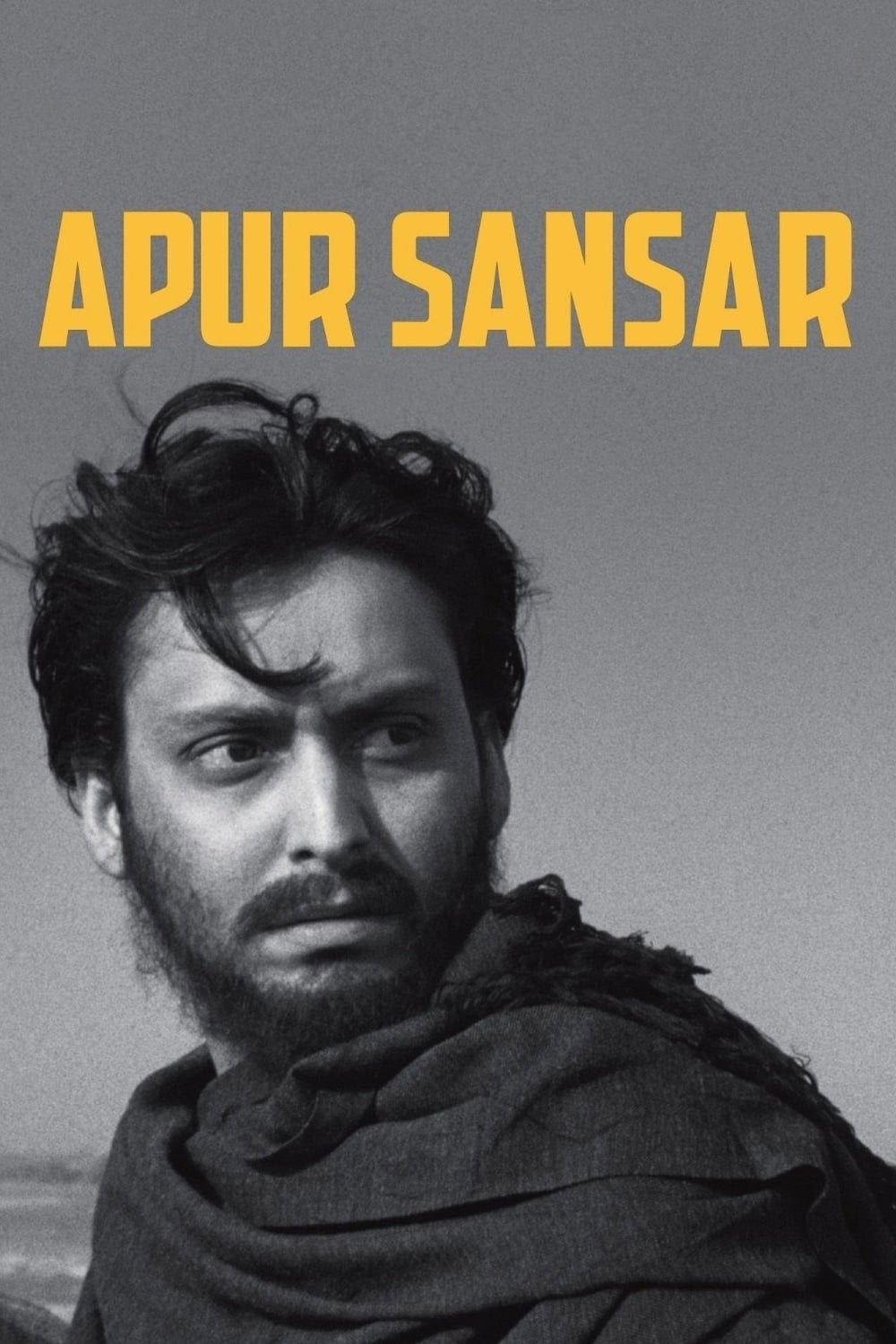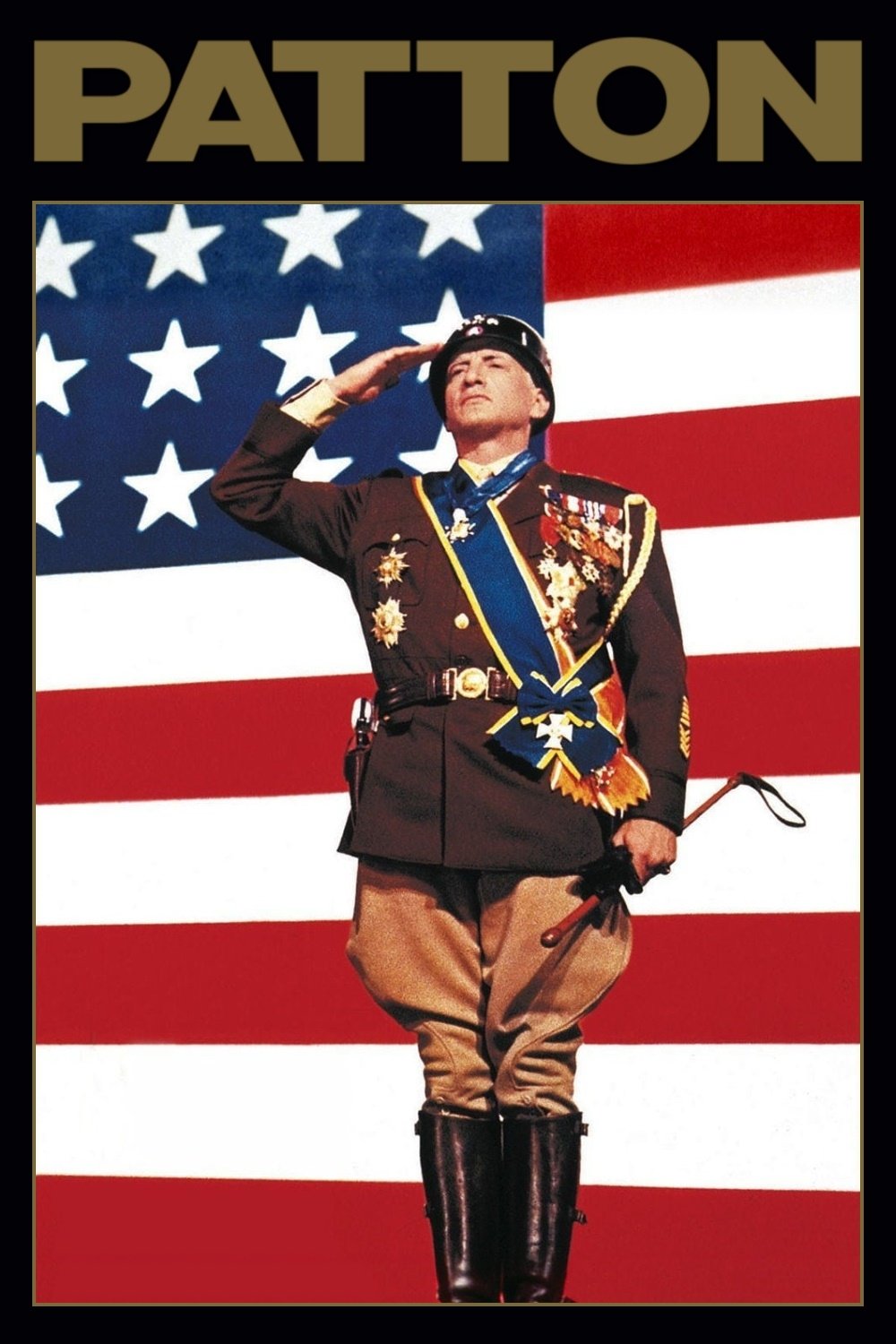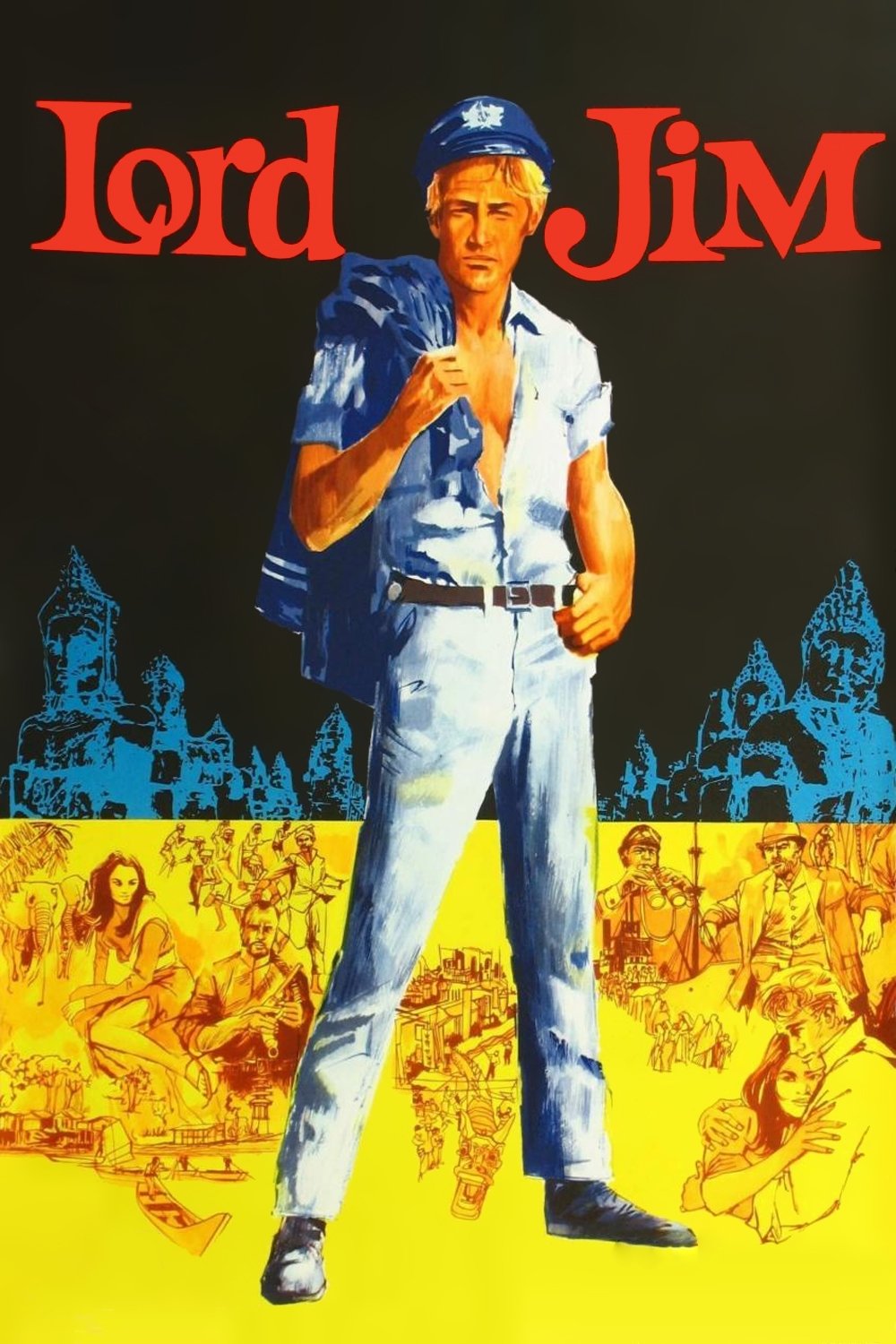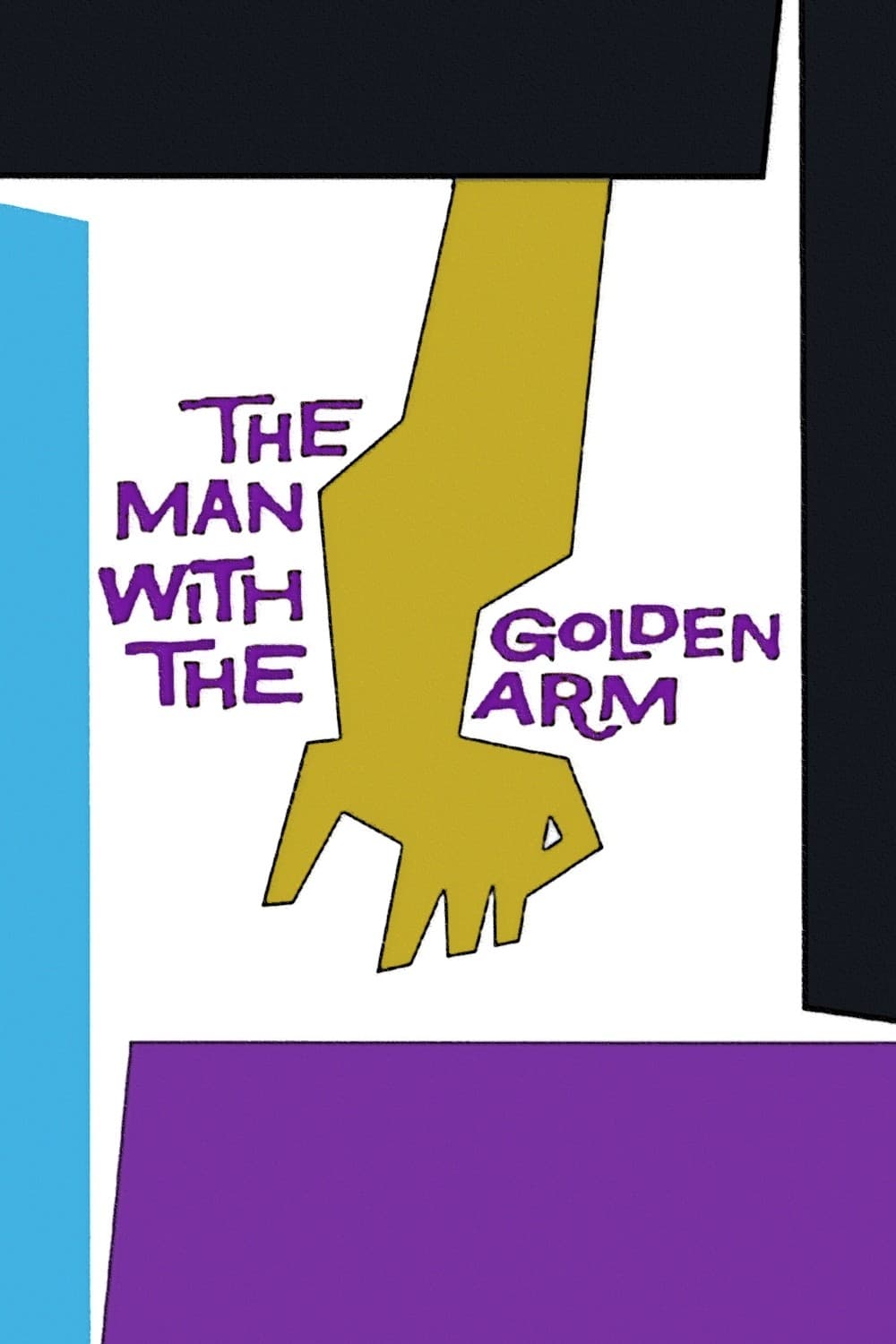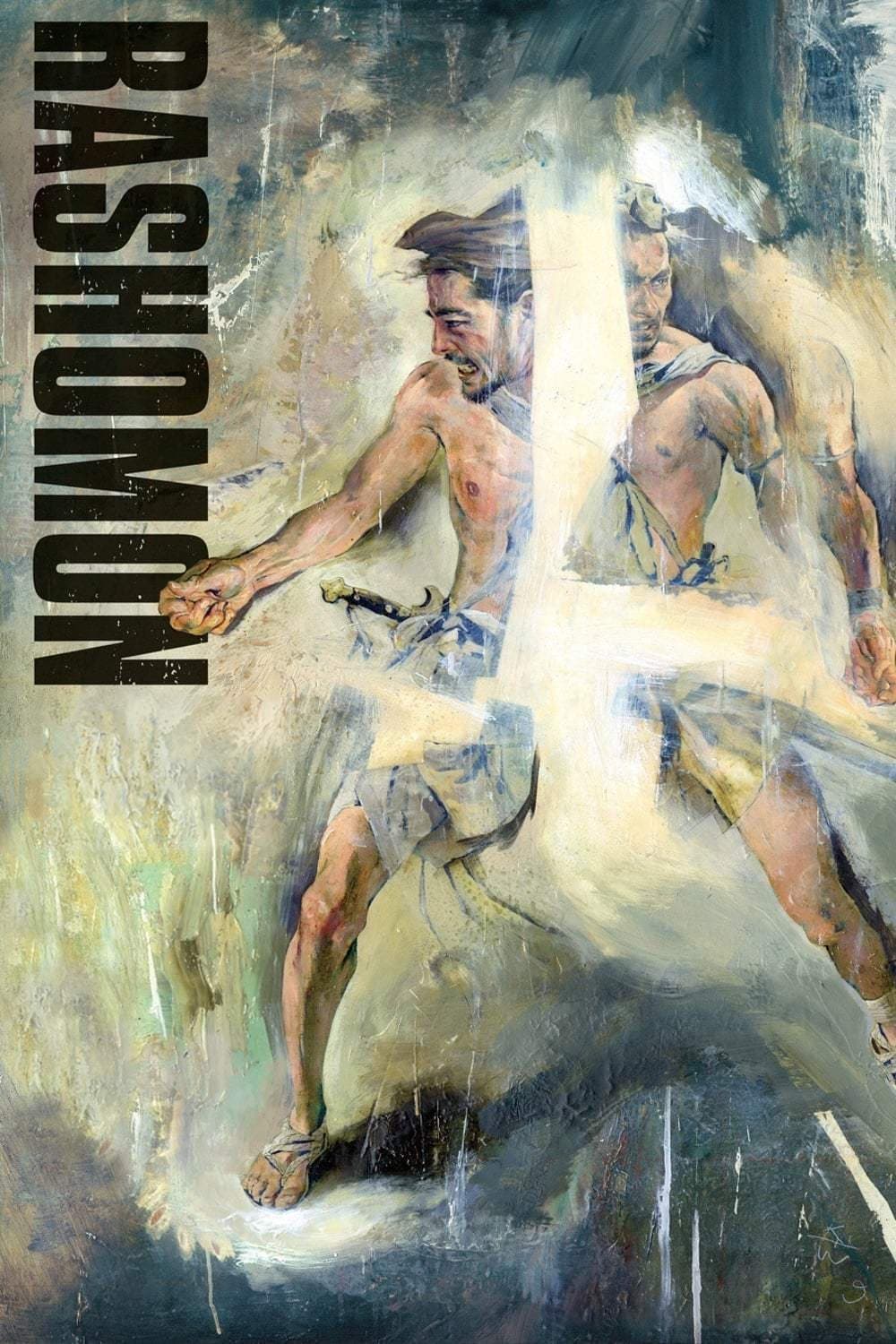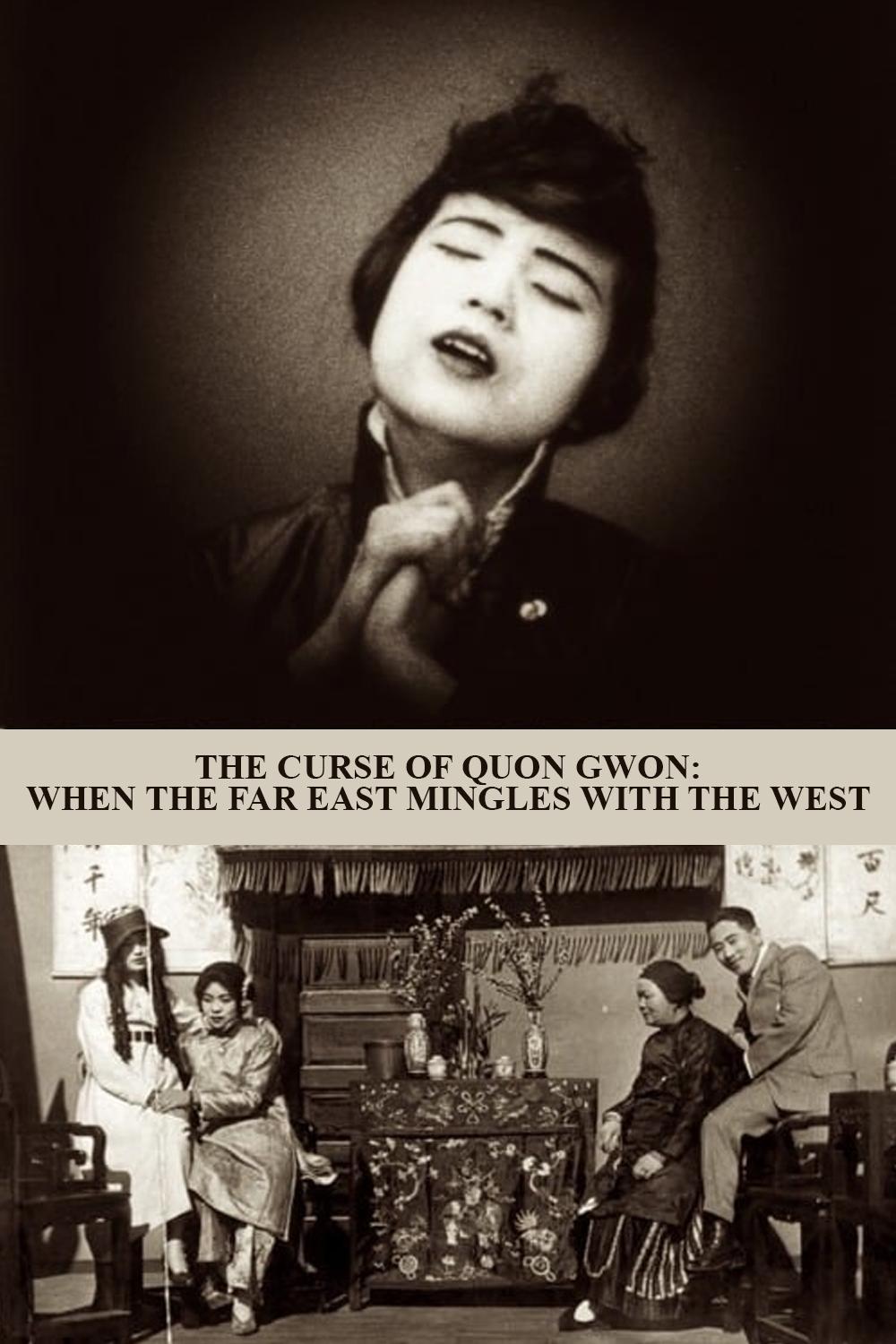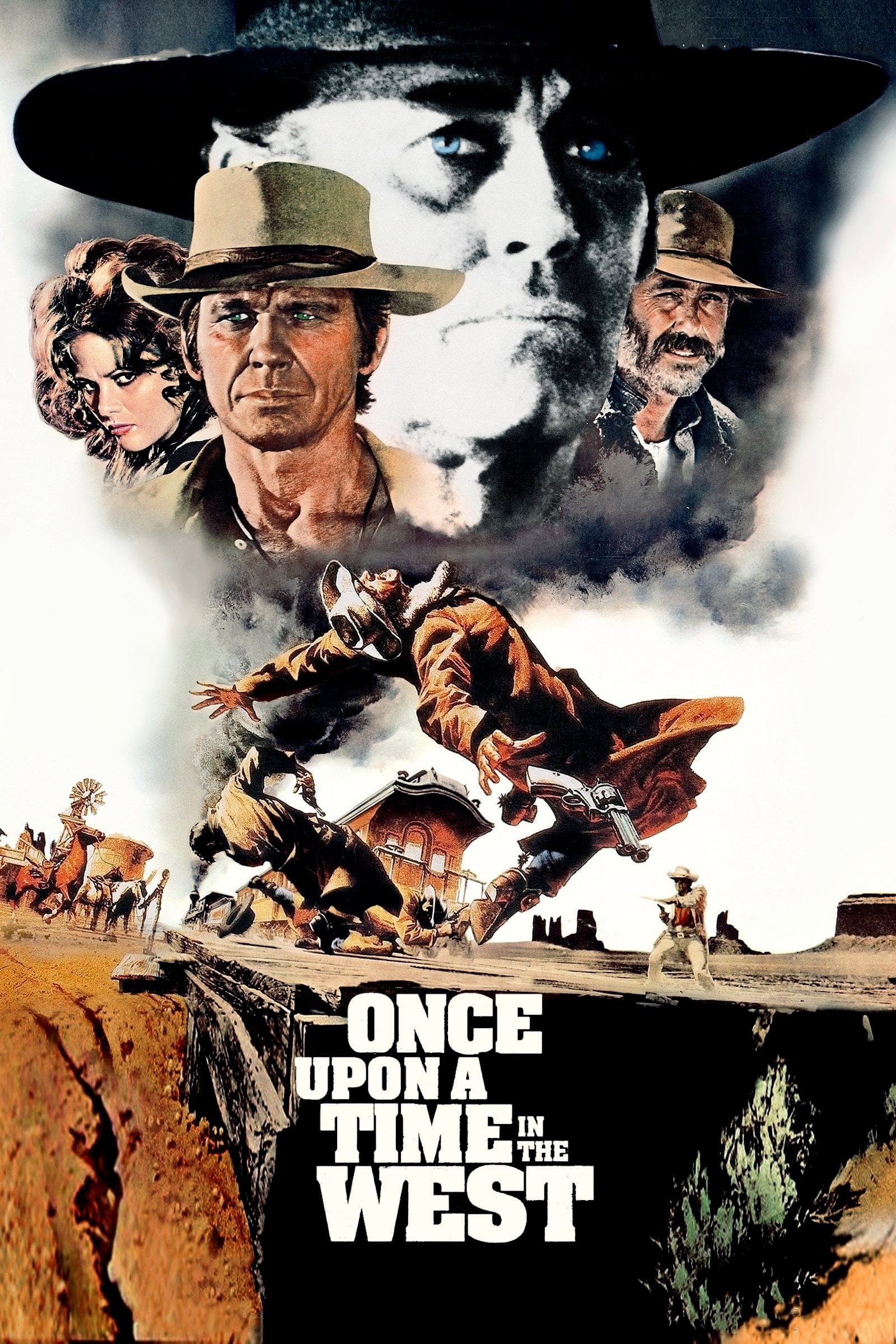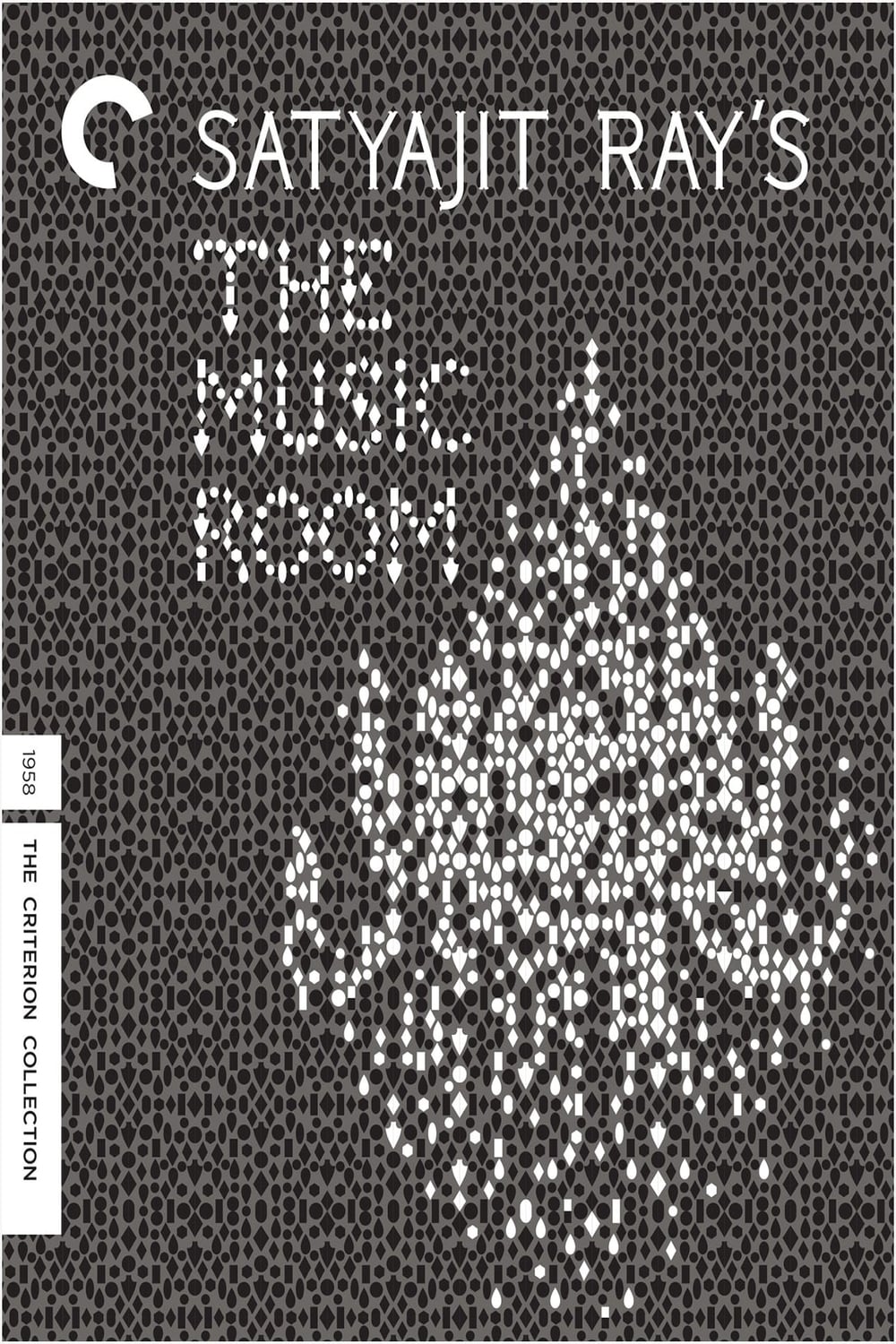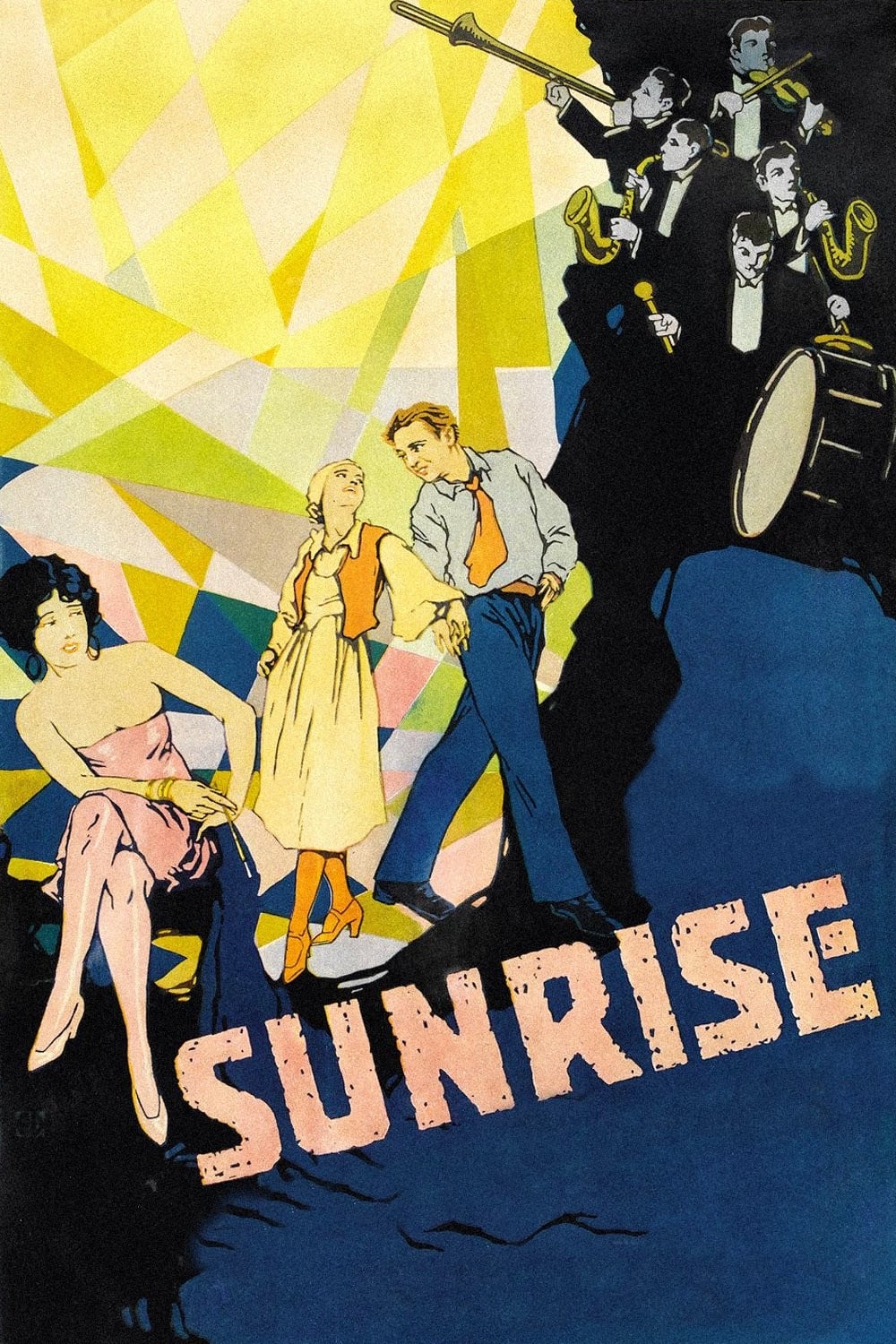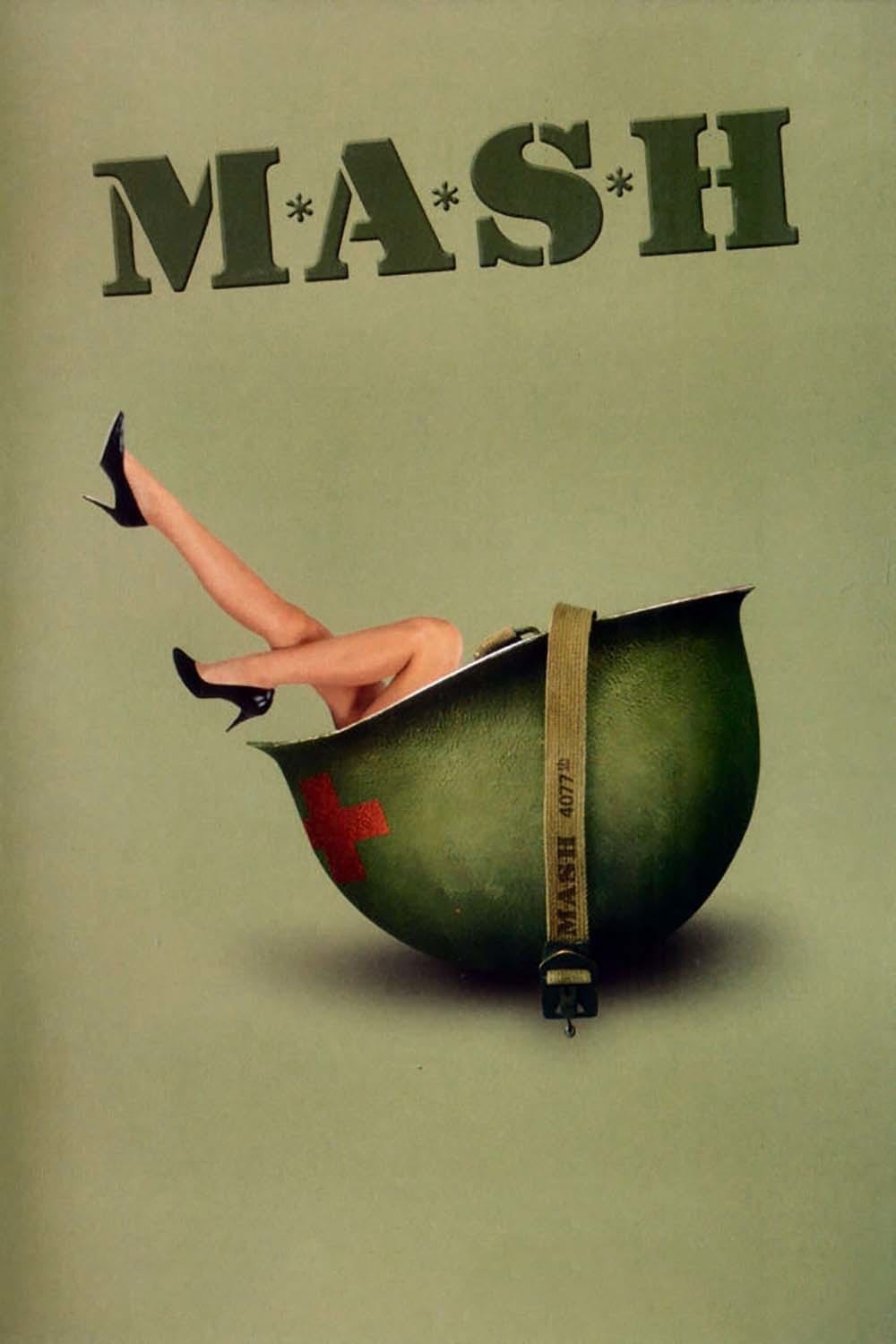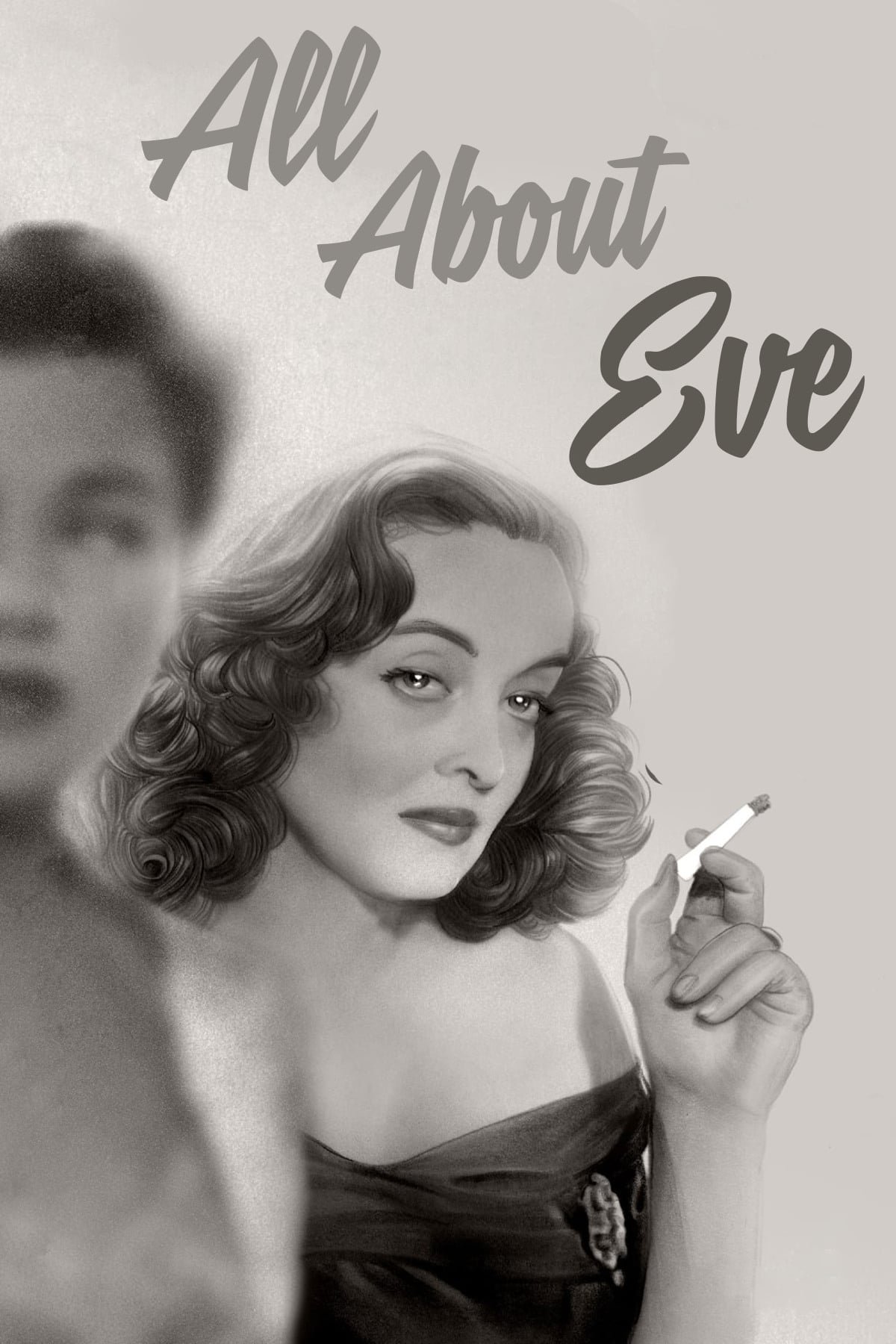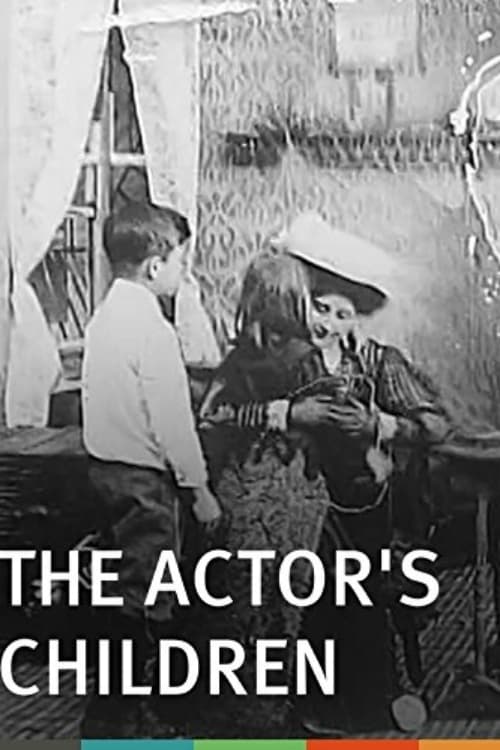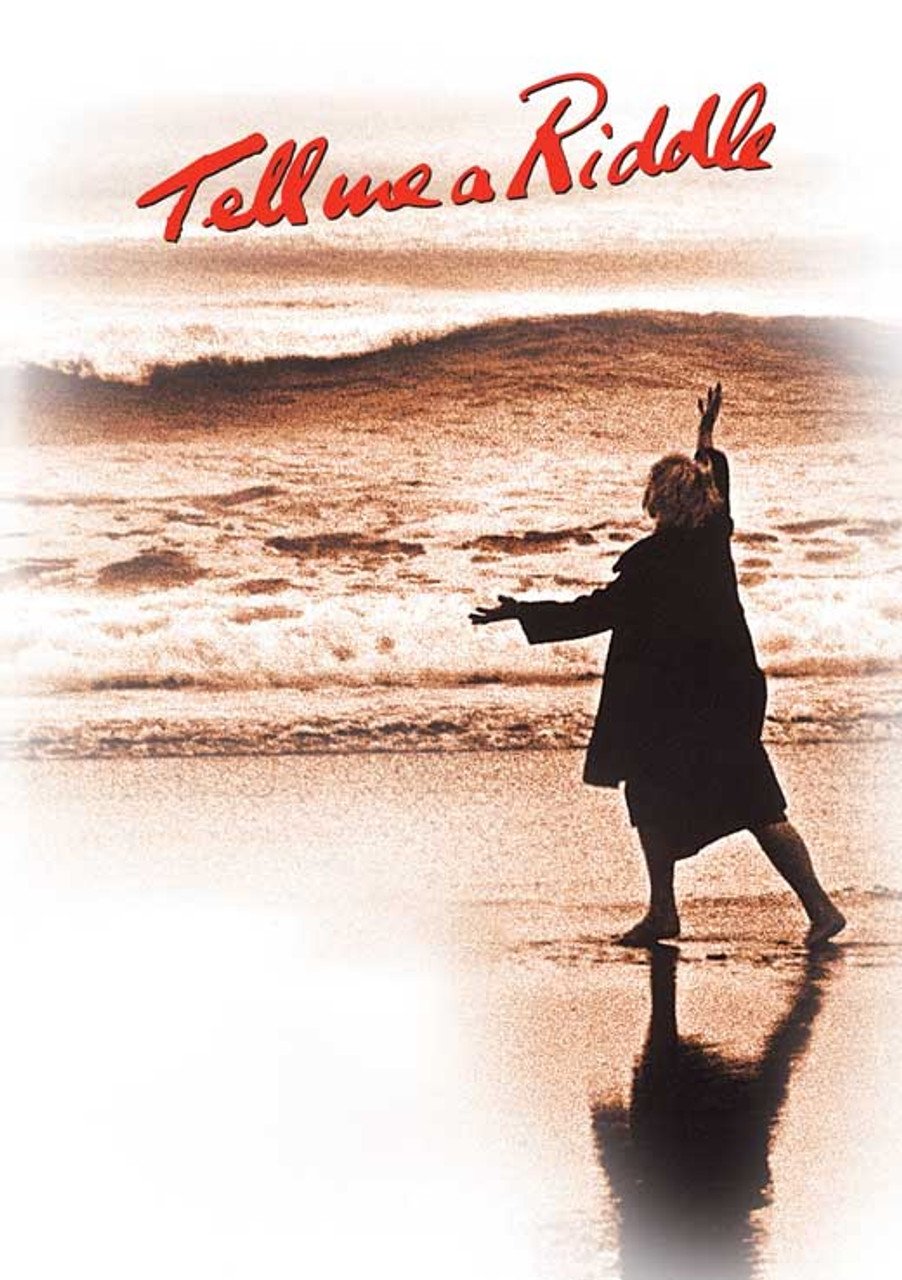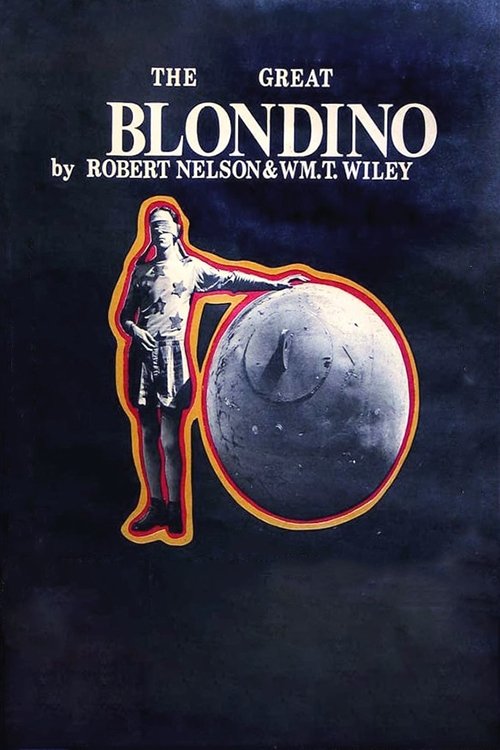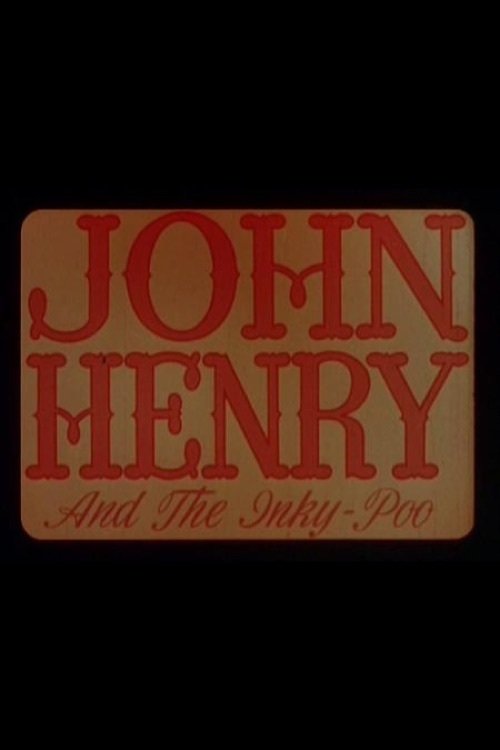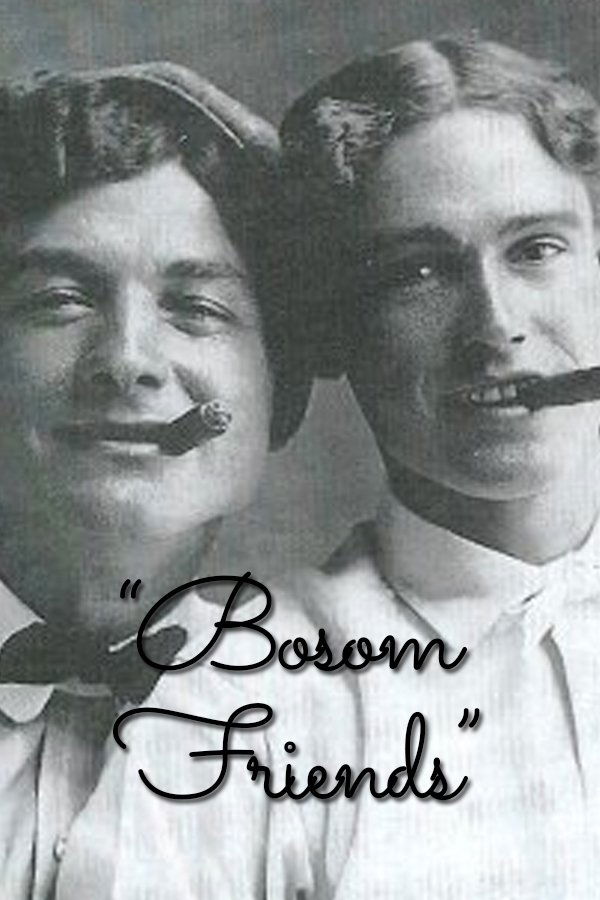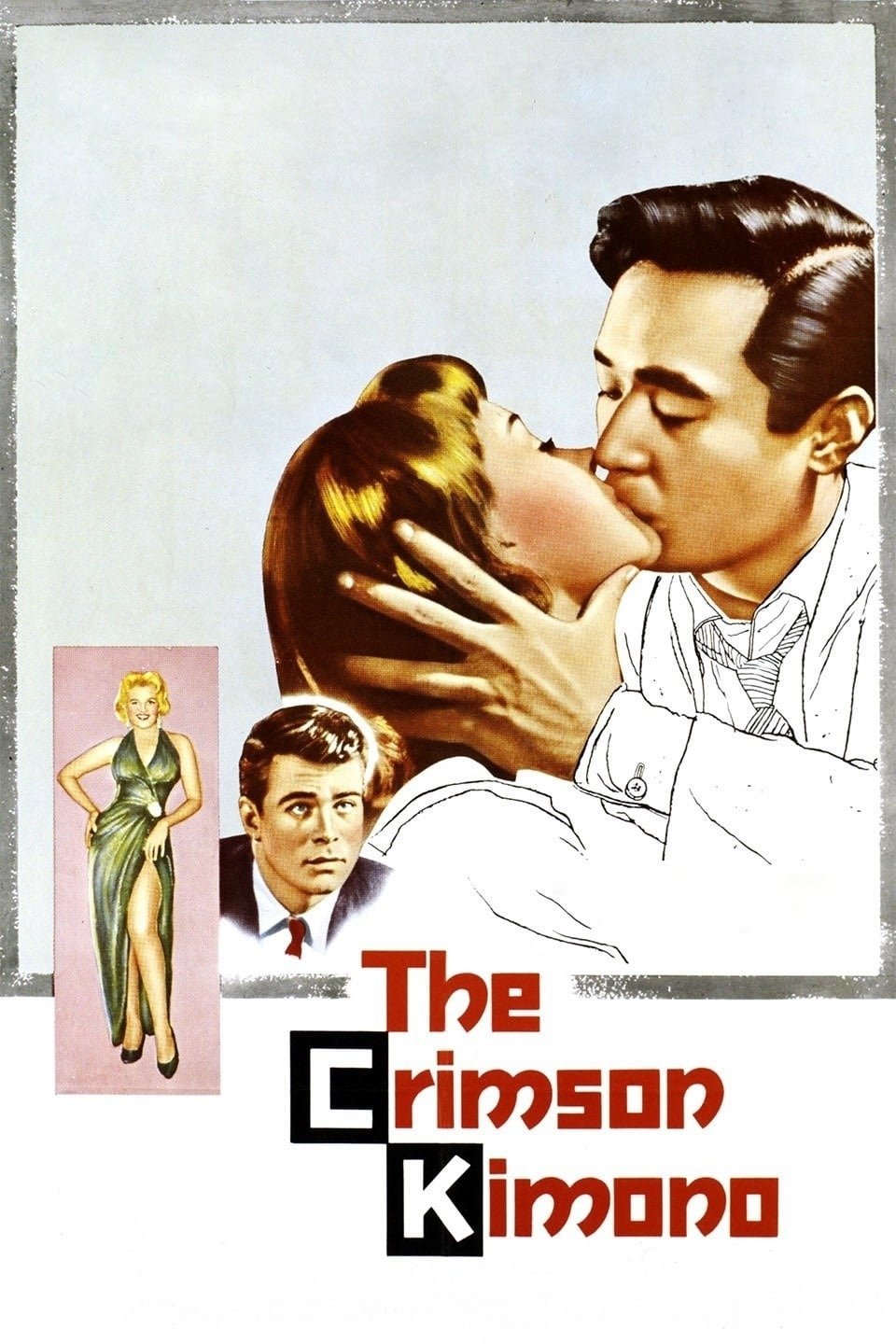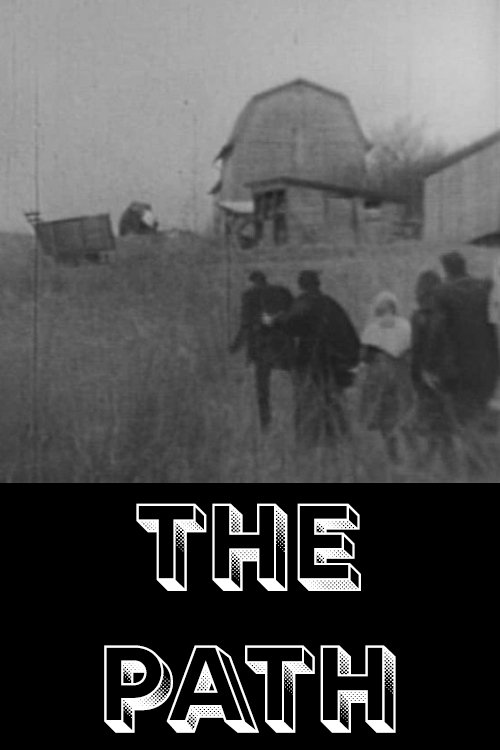
The Path (1960)
Overview
"My first film, THE PATH, was based on a dream about a group of people on an ‘outing’ or a picnic. The people in the dream meet and greet one another and then walk around and through old houses, barns, and buildings. Inside these structures they pass by other people involved in various activities. A woman is folding clothes. A man is making paintings. A young girl is sitting in front of a mirror trying on different necklaces." - Richard Myers. Preserved by the Academy Film Archive in 2007.
Production Companies
Additional Info
| Budget | $0.00 |
|---|---|
| Revenue | $0.00 |
| Original Language | en |
| Popularity | 0.555 |
Directed By
Richard Myers
Crew
Richard Myers
TOP CAST
Similar Movies
Apur Sansar
Apu is a jobless ex-student dreaming vaguely of a future as a writer. An old college friend talks him into a visit up-country to a village wedding. Preserved by the Academy Film Archive in 1996.
Aparajito
Aparajito picks up where the first film leaves off, with Apu and his family having moved away from the country to live in the bustling holy city of Varanasi (then known as Benares). As Apu progresses from wide-eyed child to intellectually curious teenager, eventually studying in Kolkata, we witness his academic and moral education, as well as the growing complexity of his relationship with his mother. This tenderly expressive, often heart-wrenching film, which won three top prizes at the Venice Film Festival, including the Golden Lion, not only extends but also spiritually deepens the tale of Apu. Preserved by the Academy Film Archive in 1996.
Patton
"Patton" tells the tale of General George S. Patton, famous tank commander of World War II. The film begins with Patton's career in North Africa and progresses through the invasion of Germany and the fall of the Third Reich. Side plots also speak of Patton's numerous faults such his temper and habit towards insubordination.
The Man with the Golden Arm
When illegal card dealer and recovering heroin addict Frankie Machine gets out of prison, he decides to straighten up. Armed with nothing but an old drum set, Frankie tries to get honest work as a drummer. But when his former employer and his old drug dealer re-enter his life, Frankie finds it hard to stay clean and eventually finds himself succumbing to his old habits.
Rashomon
Brimming with action while incisively examining the nature of truth, "Rashomon" is perhaps the finest film ever to investigate the philosophy of justice. Through an ingenious use of camera and flashbacks, Kurosawa reveals the complexities of human nature as four people recount different versions of the story of a man's murder and the rape of his wife.
The Cardinal
A young Catholic priest from Boston confronts bigotry, Nazism, and his own personal conflicts as he rises to the office of cardinal.
Pather Panchali
Impoverished priest Harihar Ray, dreaming of a better life for himself and his family, leaves his rural Bengal village in search of work. Preserved by the Academy Film Archive in partnership with The Film Foundation in 1996.
The Curse of Quon Gwon: When the Far East Mingles with the West
The Curse of Quon Gwon is the oldest known Chinese-American film and one of the earliest American silent features made by a woman. Only two reels of the film survive, and no intertitles are known to exist, making it difficult to parse out the exact plot. An article in the July 17, 1917 issue of The Moving Picture World states that the film "deals with the curse of a Chinese god that follows his people because of the influence of western civilization." The film also touches on themes of Chinese assimilation into American society. Formally premiering in 1917, no distributor was willing to purchase a Chinese-American film without racial stereotypes. Considered a devastating financial failure, the film was only screened two more times until its rediscovery in 2004. Preserved by the Academy Film Archive in 2005.
Once Upon a Time in the West
As the railroad builders advance unstoppably through the Arizona desert on their way to the sea, Jill arrives in the small town of Flagstone with the intention of starting a new life.
The Music Room
An aging, decadent landlord’s passion for music becomes the undoing of his legacy as he sacrifices his wealth in order to compete with the opulent music room of his younger, richer neighbour.
Sunrise: A Song of Two Humans
A married farmer falls under the spell of a slatternly woman from the city, who tries to convince him to drown his wife.
All About Eve
From the moment she glimpses her idol at the stage door, Eve Harrington is determined to take the reins of power away from the great actress Margo Channing. Eve maneuvers her way into Margo's Broadway role, becomes a sensation and even causes turmoil in the lives of Margo's director boyfriend, her playwright and his wife. Only the cynical drama critic sees through Eve, admiring her audacity and perfect pattern of deceit.
The Actor's Children
When his play closes down, an actor returns home to find that his children are gone. He's then notified that a wealthy relative has died and left him a substantial amount of money. Preserved by the Academy Film Archive in 2007.
Tell Me a Riddle
Touching story of elderly couple David and Eva who go on one last journey across the USA when they discover Eva is dying, ending up with their granddaughter Jeannie in San Francisco. Restored in 2022 by the Academy Film Archive and The Film Foundation. Restoration funding provided by the Hobson/Lucas Family Foundation.
The Great Blondino
Shooting in 1966 without script, story, or any narrative preconception, Nelson and Wiley created a masterwork of ‘60s independent cinema. The Great Blondino follows an anachronistically attired young fellow as he navigates a beguiling, sometimes troubling world with a curiosity that opens us wide to the filmmakers’ inspired, freeform vision. In many ways, the wonder of Blondino may echo the excitement of invention and exploration that Nelson and Wiley experienced in the making of the film. Utterly exuberant and freed from rote cinematic restriction, it embodies an artistic rigor and direction that also prevents it from ever seeming too unhinged. An incredible feat of tightrope walking. —Mark Toscano. Preserved by the Academy Film Archive in 2009.
John Henry and the Inky-Poo
In this Puppetoon animated short film (an Academy Award Best Short Subject, Cartoons nominee), legendary American folklore figure John Henry (voice of Rex Ingram) goes to work for the C&O Railroad, which shortly thereafter buys an automatic steel-driving engine, The Inky-Poo. John Henry matches his strength against the engine, saying that any man can beat a machine because a man has a mind. Can he prevail? In 2015 this film, deemed "culturally, historically, or aesthetically significant", was selected for preservation in the United States National Film Registry. Preserved by the Academy Film Archive in partnership with UCLA Film & Television Archive in 2009.
Bosom Friends
Bosom Friends is a 1934 American short film produced by E. W. Hammons. It was nominated for an Academy Award at the 7th Academy Awards in 1934 for Best Short Subject (Novelty). Preserved by the Academy Film Archive in partnership with UCLA Film & Television Archive in 2013.
The Crimson Kimono
A Los Angeles detective and his Japanese partner woo an artist while solving a stripper's murder.
